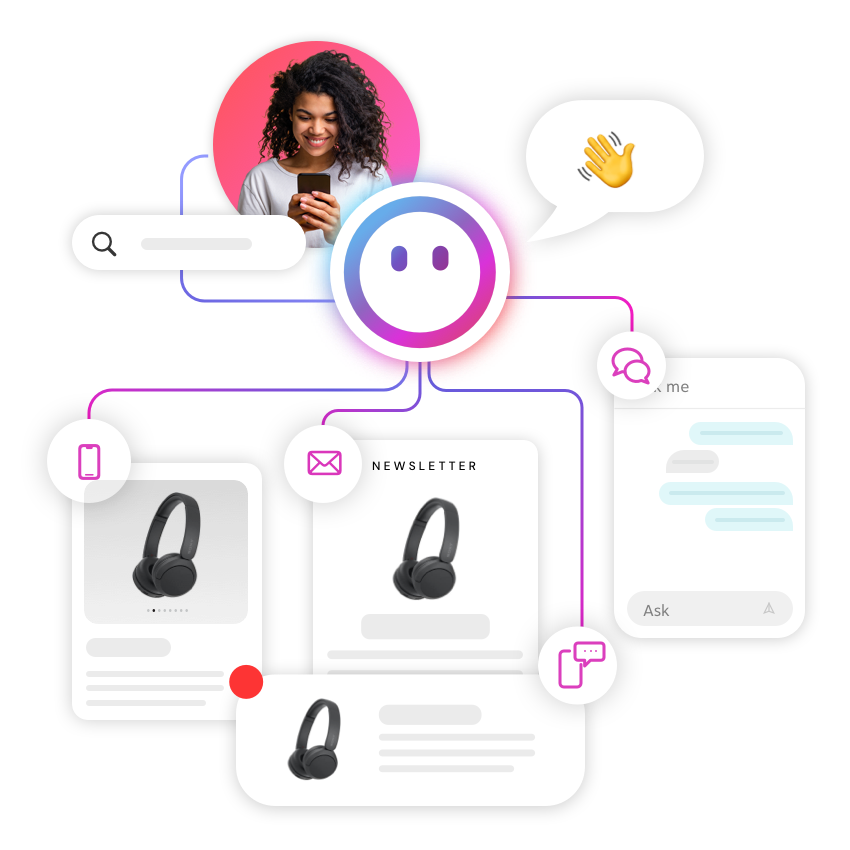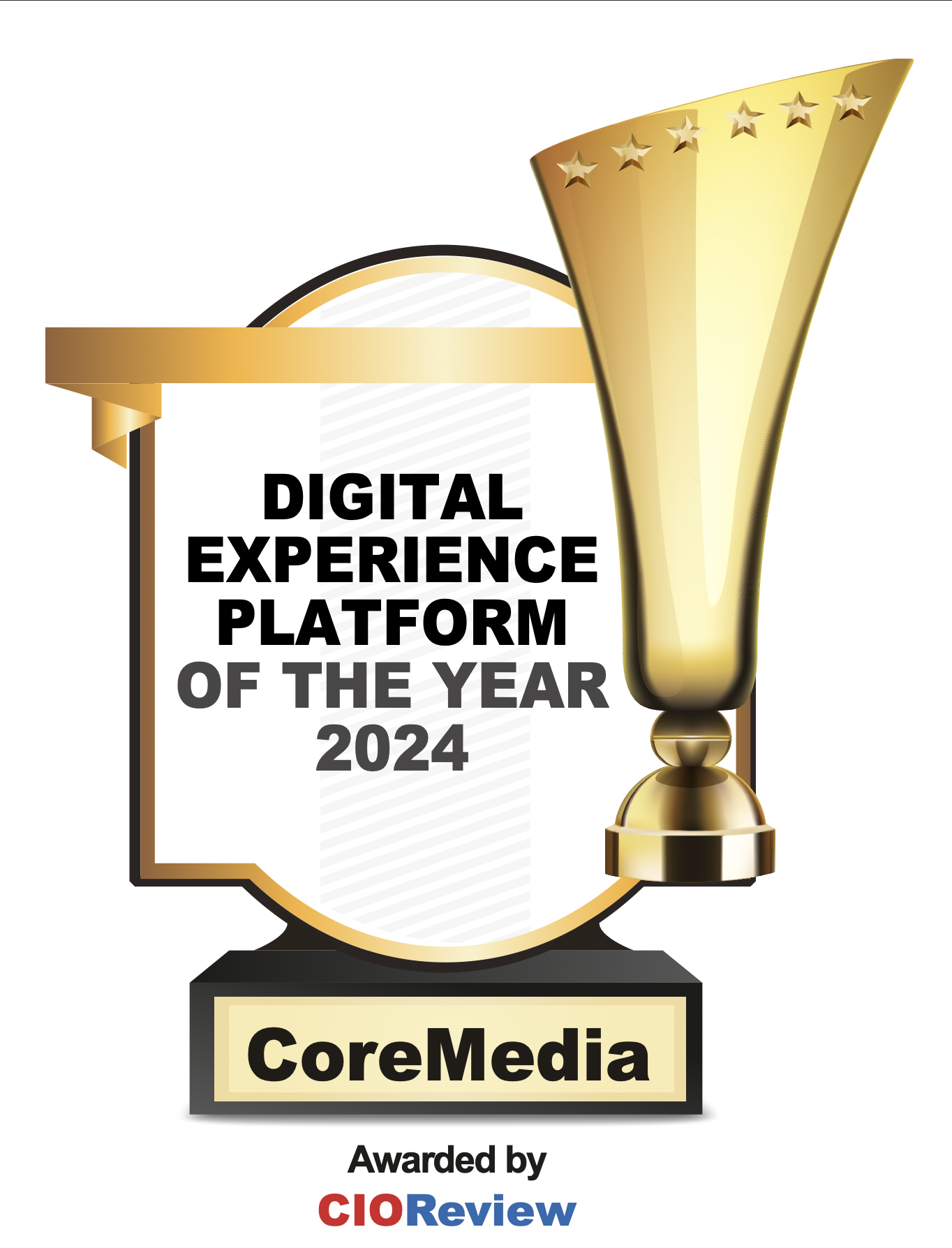While luxury sales are increasing at an annual rate of 8.5%, sustaining this growth will depend on attracting and retaining a new generation of customers. Here we examine why younger generations are key to the future of luxury brands and what techniques will grab – and keep – their attention.
of luxury sales today are digitally influenced, i.e., one or more digital touchpoints are visited during a customer’s shopping journey.
are even more well-connected than the average consumer:
98% | ||
65% | 35% |
Digital shopping is quickly gaining ground against the in-store experience, partially due to acceleration by the Covid pandemic. Even prior to Covid, physical luxury stores were evolving to become experience destinations and less a place to buy things, and by 2025, 19% of luxury sales are expected to come from online.
The shift to digital has also helped Consumer chatter about brands now dominates company posts:
700 | 4,890 | 1,970 | 3,660 | |
Using Technology (and Fun) to Woo Younger Buyers
Many luxury retail firms are finding unique ways to engage younger customers - and seeing positive results.
The “Millennial State of Mind” is Changing Buyer – and Brand – Behaviors
Millennial behaviors are rubbing off on other generations and creating a millennial state of mind that is driving brands to act.
This outlook is characterized by three main traits:
How Can Luxury Brands Attract, Connect With, and Engage These Shoppers?
With data predicting millennials and generation Z will be the primary source of revenue for luxury retail by 2025, there’s no time to waste. Here are three ways luxury brands can start connecting with these new demographics now:
Of course, managing this level of change and innovation can be challenging. To keep up with continuously changing markets, exploding amounts of content, and evolving customer expectations, your digital experience technology needs to be:
- Smart
- Flexible
- Reusable
- Composable
- Optimized for speed and agility
This is what CoreMedia Content Cloud was designed for - and why it's the choice of leading global brands.
Powered by our hybrid headless CMS, fully-integrated DAM and multiexperience orchestration engine, CoreMedia Content Cloud supports all business models from B2C to B2B to B2E.
Want to learn how Content Cloud can help you? Contact us.
Other resources:
The Challenges of Branded Content in the All-Digital Era








